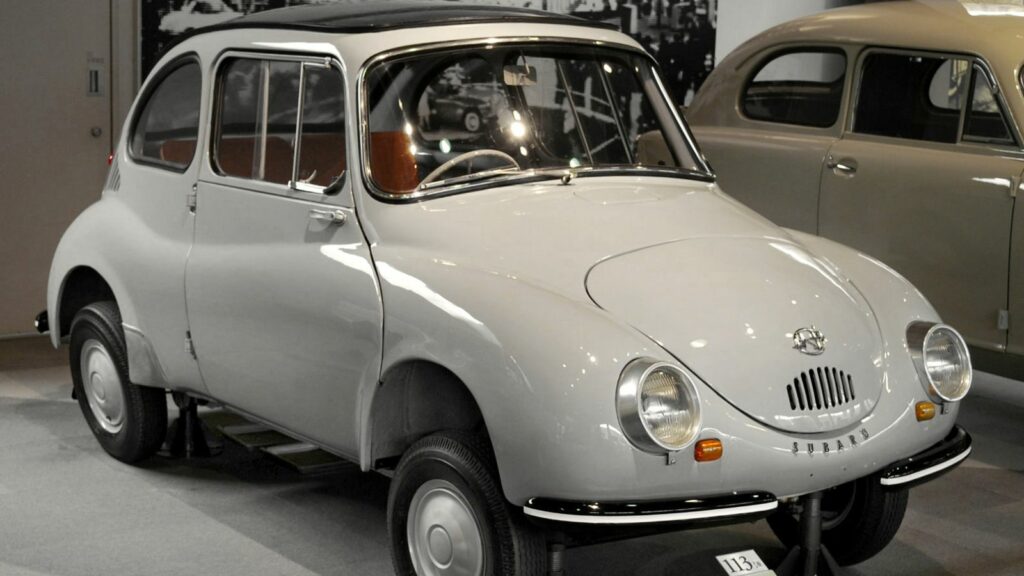Canada may be famous for its wide highways and love of big trucks, but there has always been room for tiny cars in the mix. Whether imported in small numbers or sold nationwide, these little machines offered Canadians something different: unbeatable fuel economy, easy maneuverability, and quirky charm. Some were practical commuters, others were eccentric oddities, but all left their mark. Let’s dive into twenty of the smallest cars ever to roll on Canadian roads, expanded with production years, engine details, and the way Canadians embraced—or ignored—them.
Smart Fortwo (1998–2019)
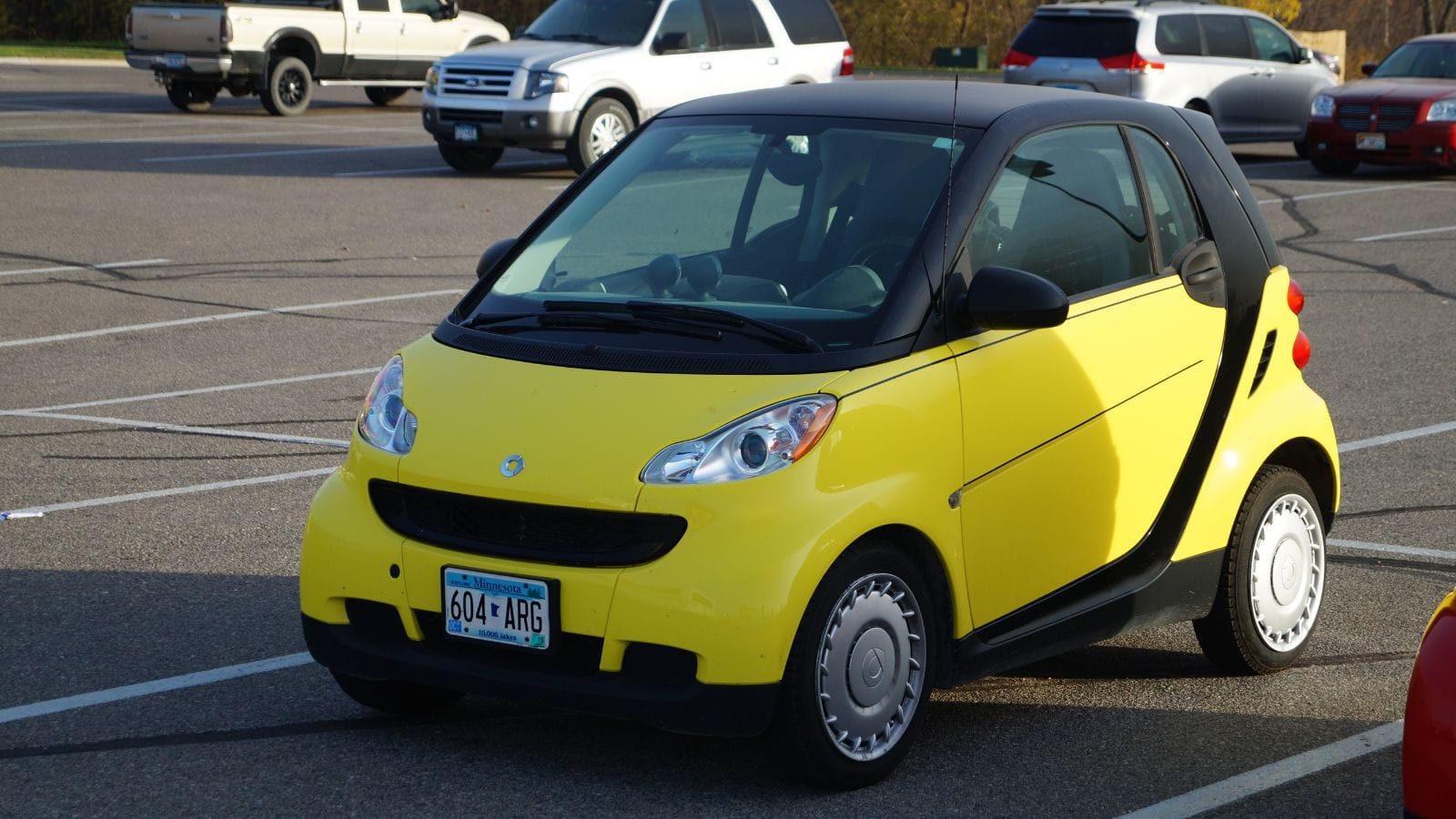
When the Smart Fortwo arrived in Canada in the early 2000s, it looked like something out of a sci-fi movie. Barely over 8 feet long, it could slot into parking spaces sideways. Its early diesel models gave Canadians astonishing fuel efficiency, often over 60 mpg. While some questioned its safety, Smart built it with a reinforced cell that won over skeptics. In crowded cities like Montreal and Toronto, it quickly became a common sight.
BMW Isetta 300 (1955–1962)
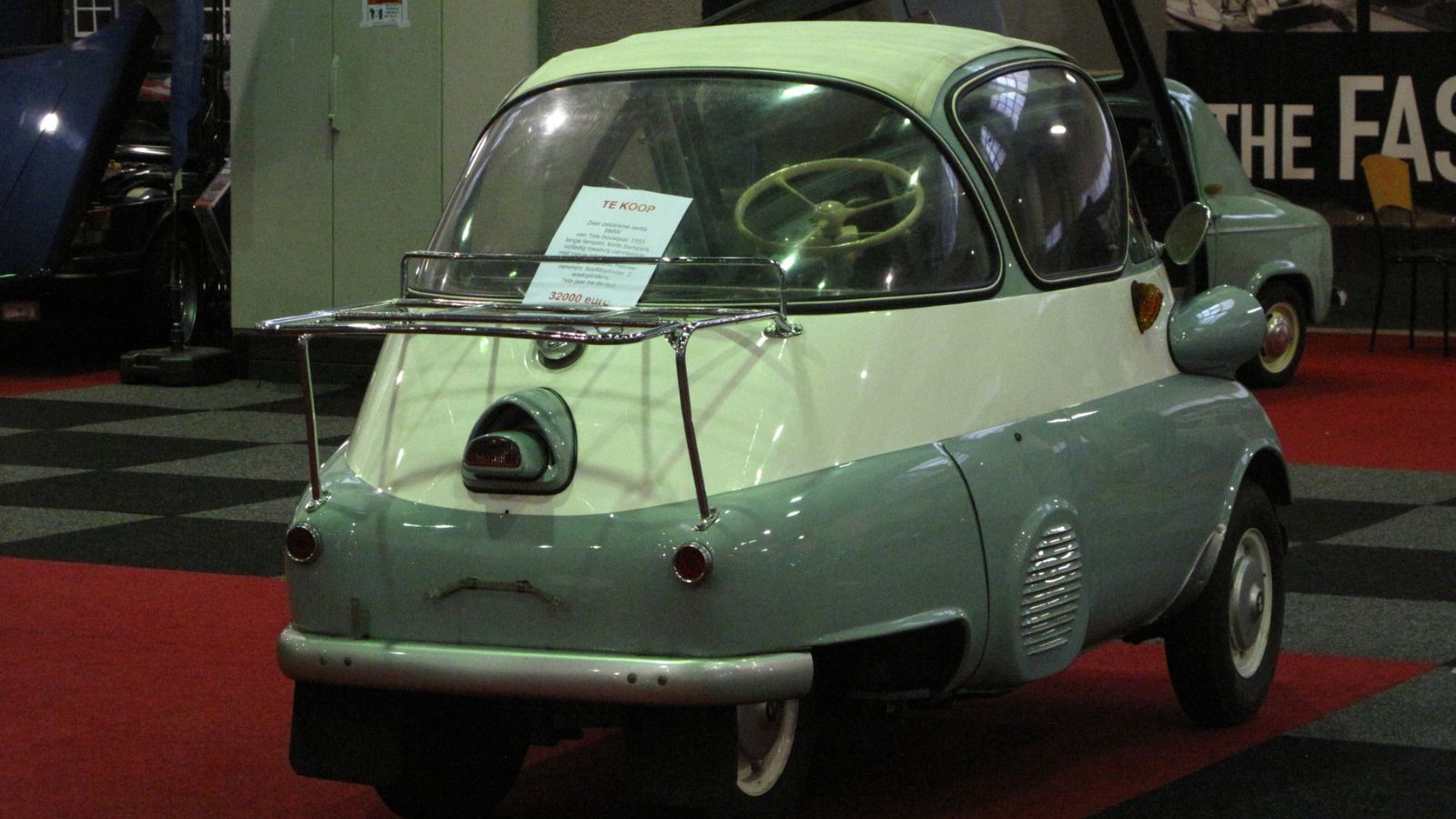
The Isetta was a “bubble car” like no other, with its entire front end acting as a door. At just under 8 feet long and powered by a 298 cc motorcycle engine, it was one of the smallest vehicles ever to see Canadian streets. Though imported only in tiny numbers, the Isetta became a cult favorite among collectors who appreciated its quirks. Canadians who spotted one often stared in disbelief as the driver stepped out through the front of the car.
Honda N600 (1967–1972)
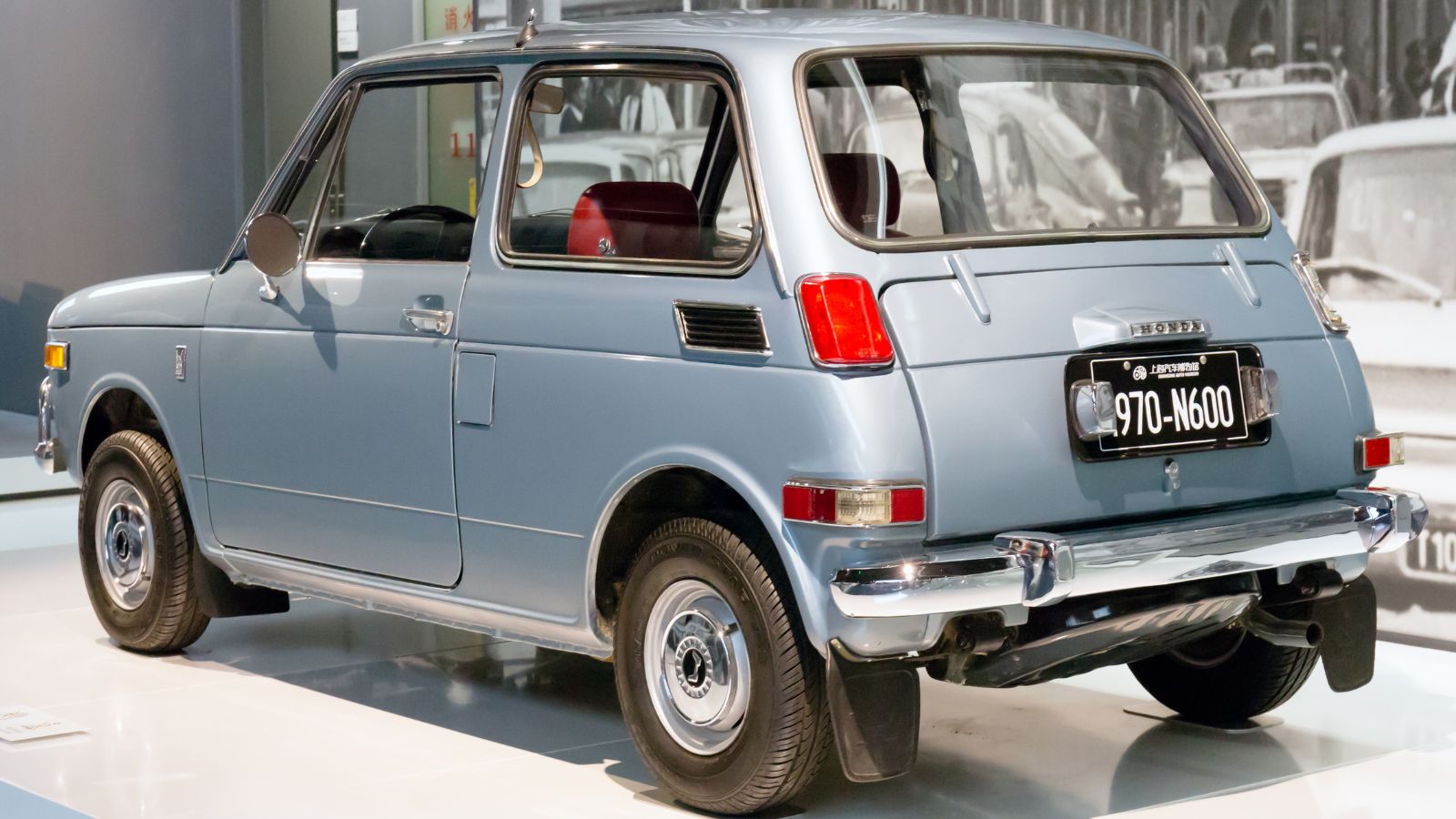
Before the Civic revolutionized Honda’s fortunes, the company tested the waters with the N600. With its air-cooled 598 cc engine, it was technically Canada’s first Honda passenger car. At just 10 feet long, it felt closer to a motorcycle with doors, but its reliability and affordability started to build Honda’s reputation here. Canadians at the time weren’t used to such small cars, but it became a stepping stone toward Honda’s massive future success.
Subaru 360 (1958–1971)
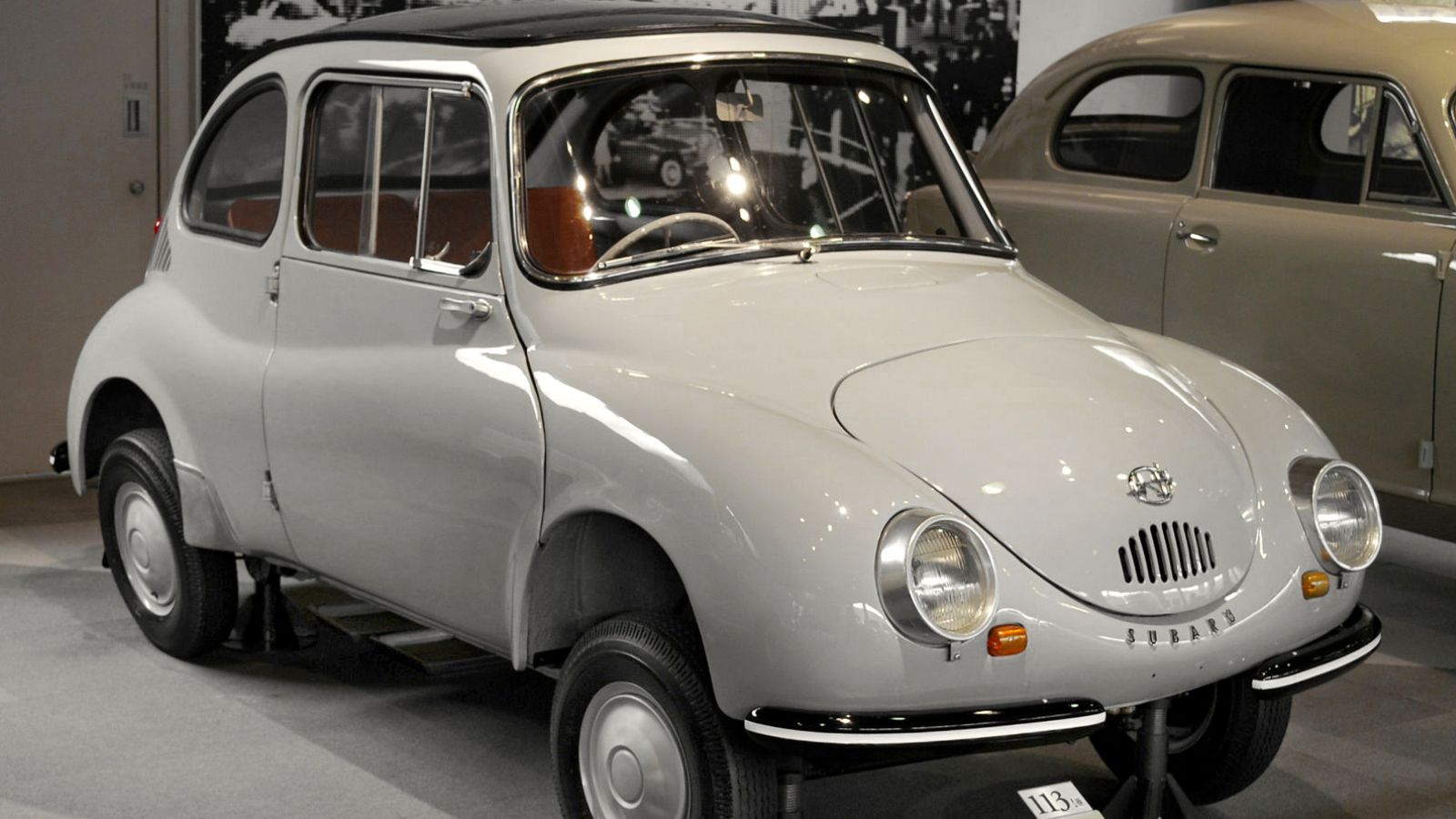
Nicknamed the “ladybug” in Japan, the Subaru 360 was one of the earliest kei cars and a pioneer for Subaru in Canada. Measuring only 10 feet long and weighing just 900 pounds, it was powered by a 356 cc two-stroke engine. Canadians who bought one in the 1960s appreciated its novelty and frugality, though its tiny engine struggled on highways. Today, surviving 360s are rare collector’s items.
Fiat 500 (1957–1975; 2007 revival models)
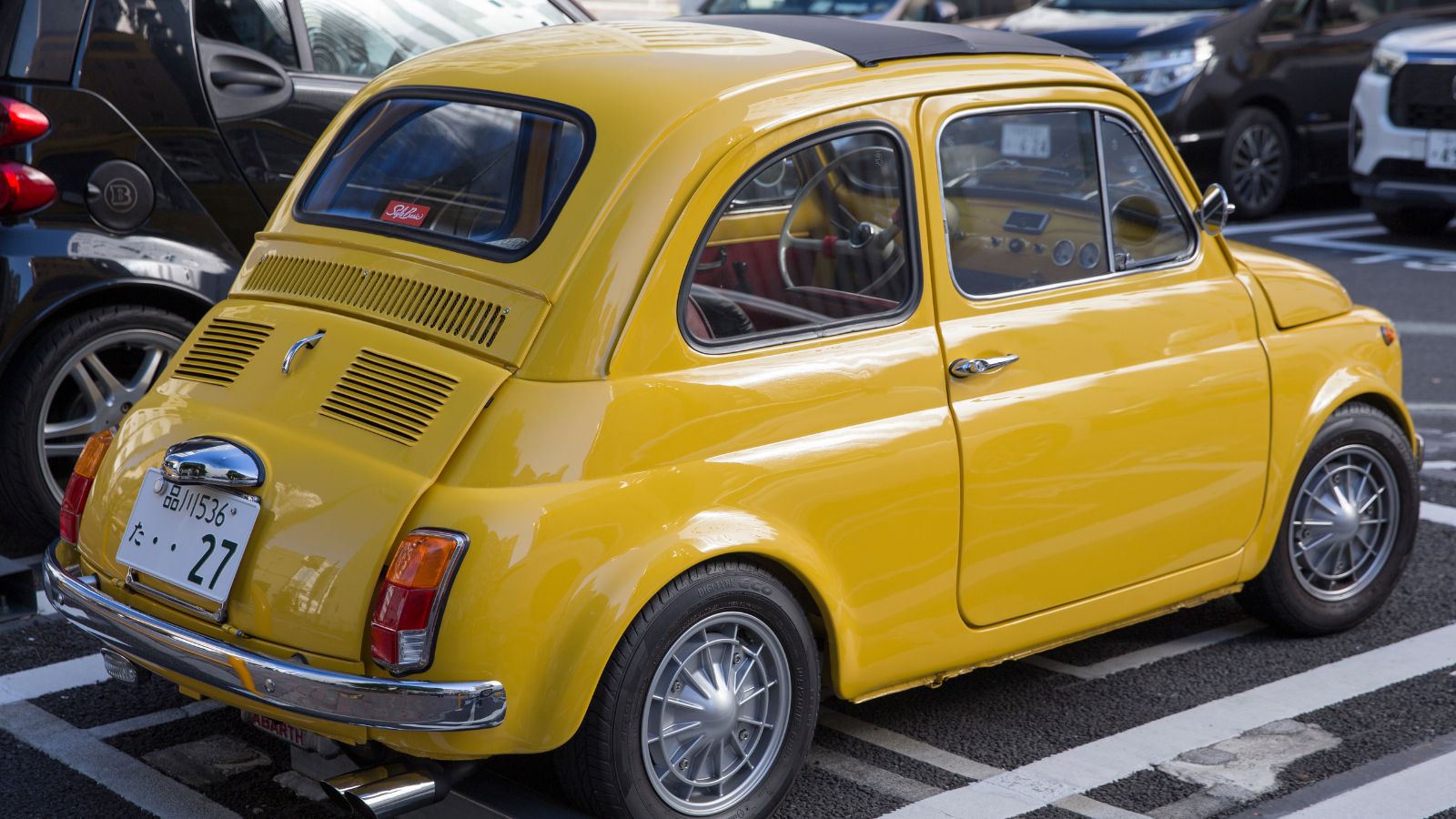
The original Fiat 500, affectionately known as the “Cinquecento,” was barely over 9 feet long and weighed under 1,000 pounds. Canadians in the 1960s imported a small number, and its cheeky personality won over enthusiasts who didn’t mind the tiny 479 cc engine. When Fiat revived the 500 in 2007, it leaned heavily on that heritage, and Canadians once again embraced the modern version for city driving.
Classic Mini (1959–2000)
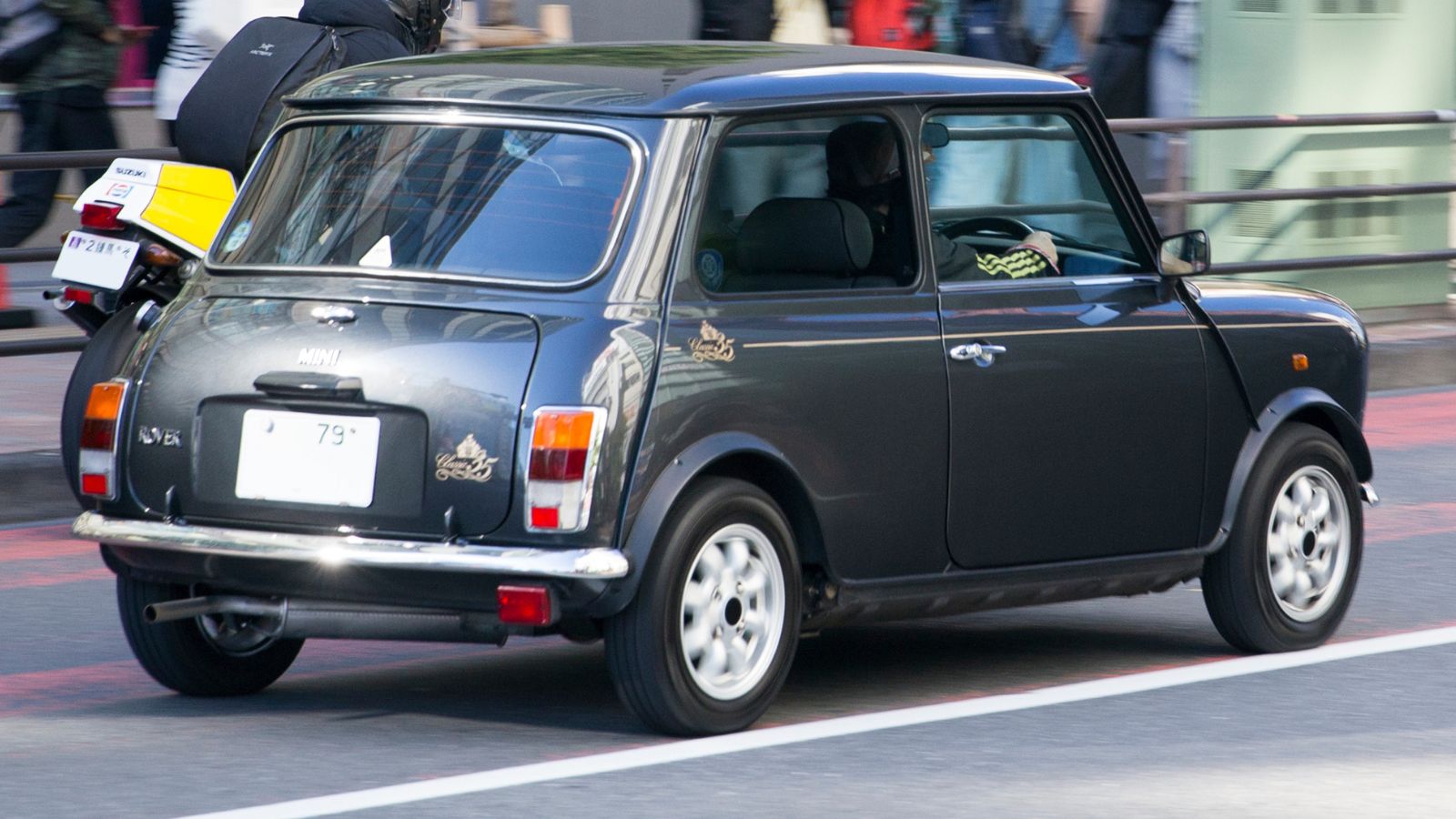
The original Mini is perhaps the most famous small car ever made. At just over 10 feet long, it was a marvel of packaging, with its transverse engine and front-wheel drive freeing up interior space. Canadians fell in love with the Mini in the 1960s and 70s, especially those who wanted a sporty yet economical city car. Its rally pedigree made it cooler than most tiny cars, cementing its legend here.
Suzuki Alto (1979–1994 in Canada, later through imports)
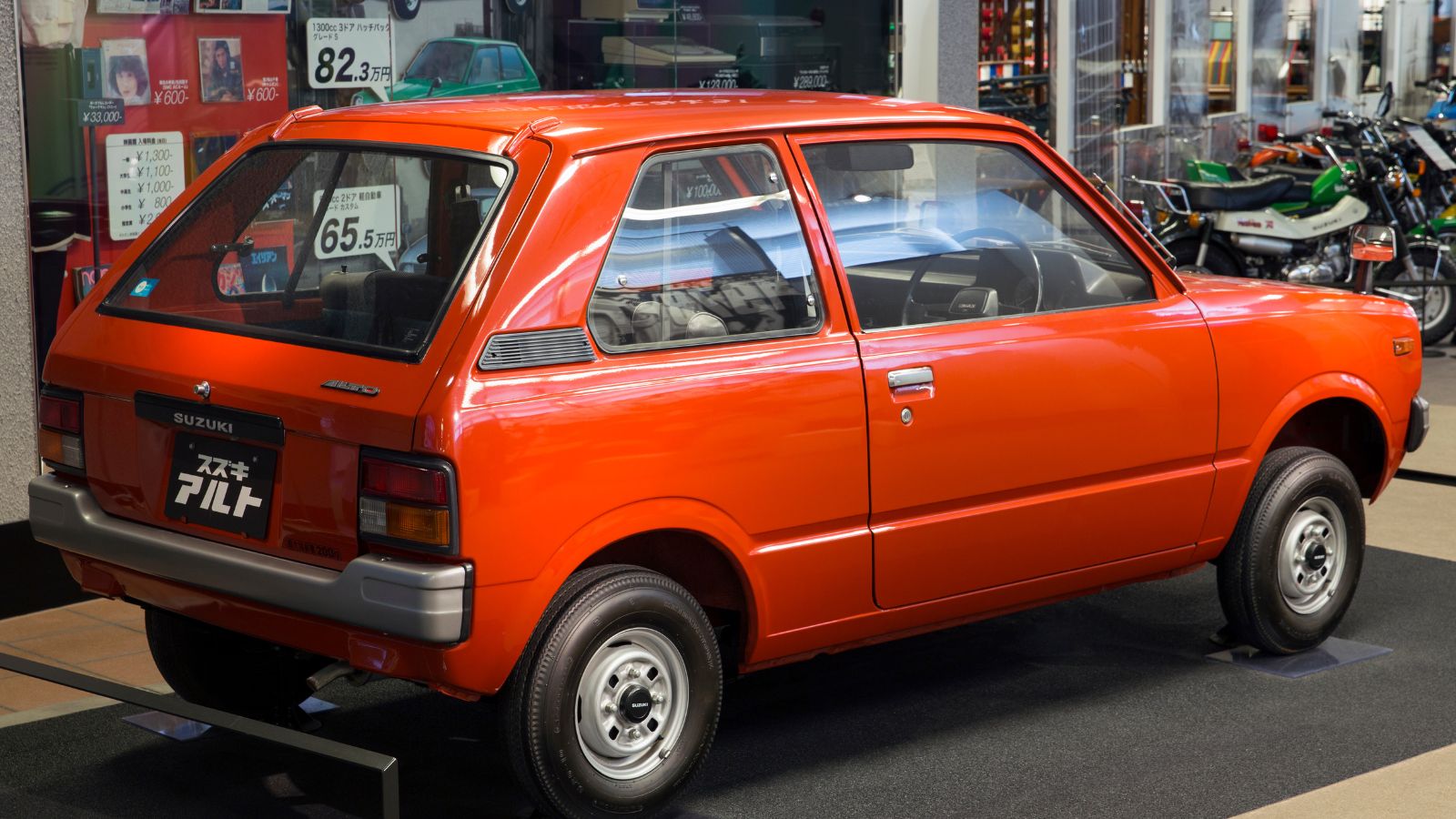
The Suzuki Alto was a kei car in Japan, but Canadians saw versions sold as Suzukis or through GM partnerships. With engines ranging from 543 cc to 993 cc, the Alto was featherlight and affordable. While it never achieved huge sales, it gave Canadians an early taste of Japanese microcars before fuel economy became a nationwide concern.
Geo Metro (1989–2001)
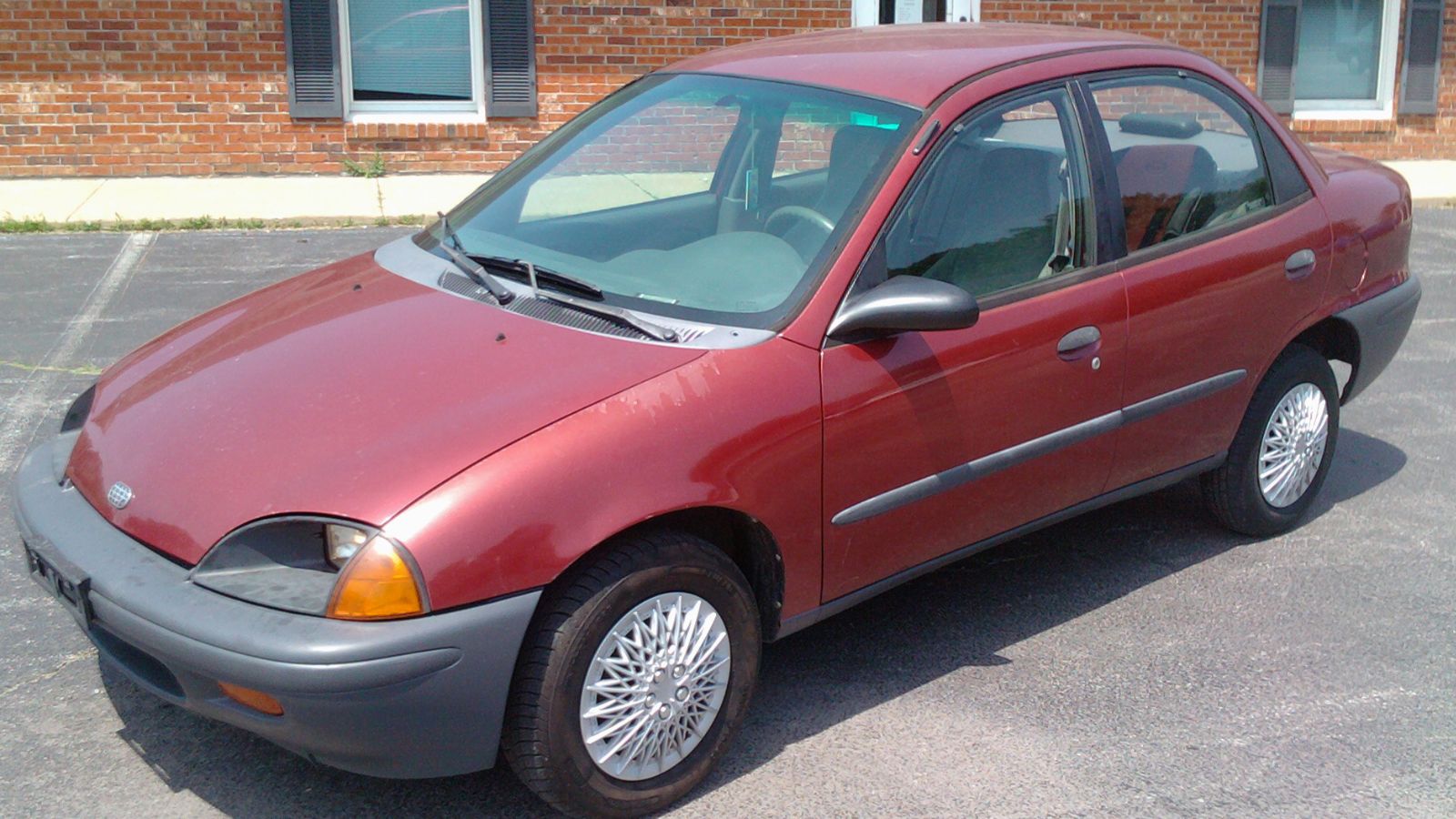
The Geo Metro became a Canadian legend in the 1990s for one reason: economy. Its 1.0-liter three-cylinder engine made it one of the most fuel-efficient cars of its time, with some drivers reporting 50 mpg or more. It was also one of the lightest cars on the road. Canadians who bought Metros weren’t looking for luxury—they wanted a cheap, cheerful commuter that sipped fuel, and the Metro delivered.
Chevrolet Sprint (1985–1988)
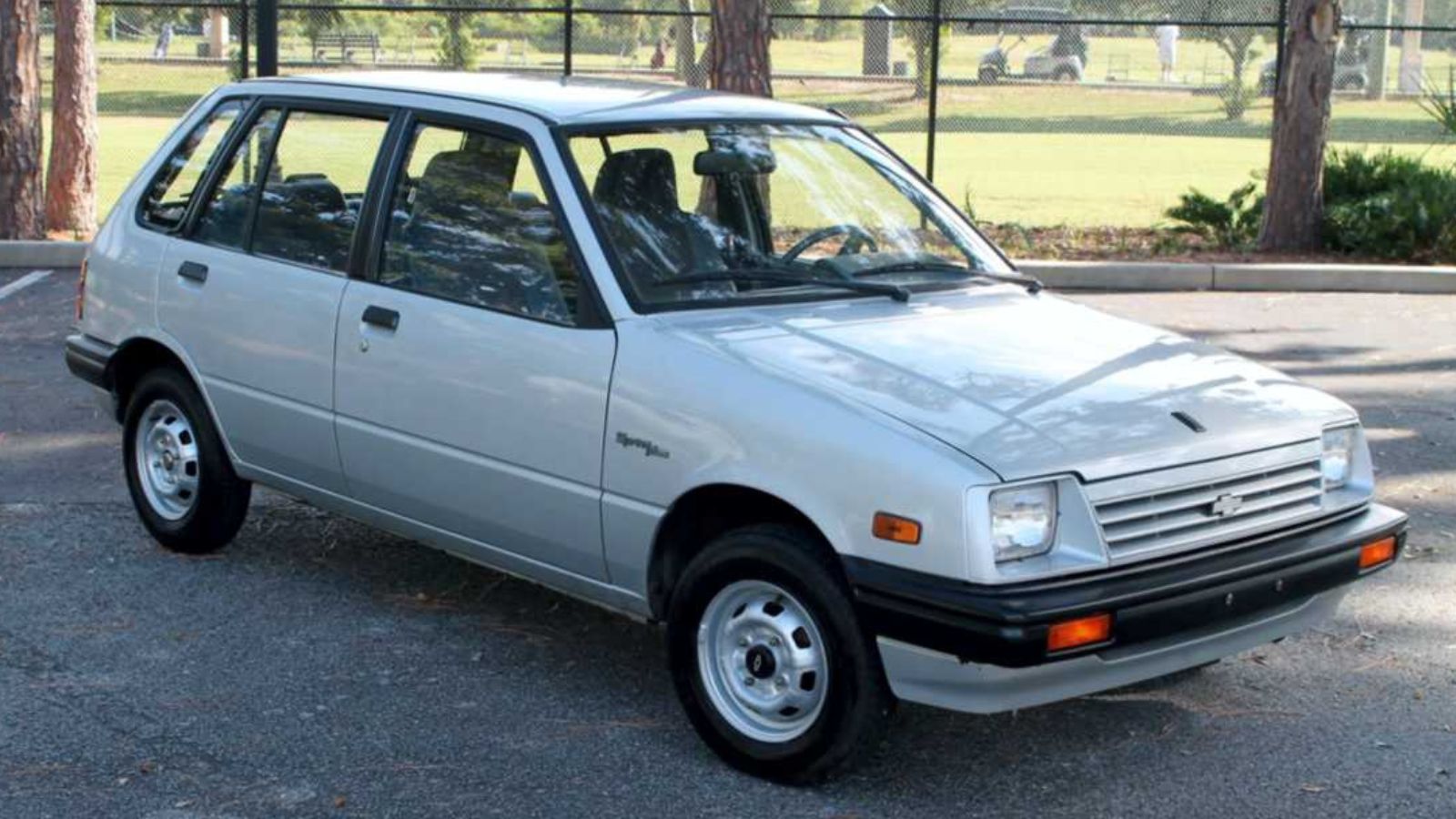
The Sprint was the predecessor to the Metro and was equally tiny, with a similar 1.0-liter engine. It was practical and light, but the rare Sprint Turbo gave Canadians a real surprise: a tiny hatchback with 70 horsepower that could hit 0–100 km/h faster than many larger cars of the era. It proved that even small cars could be fun.
Daihatsu Charade (1980–1993 in Canada)
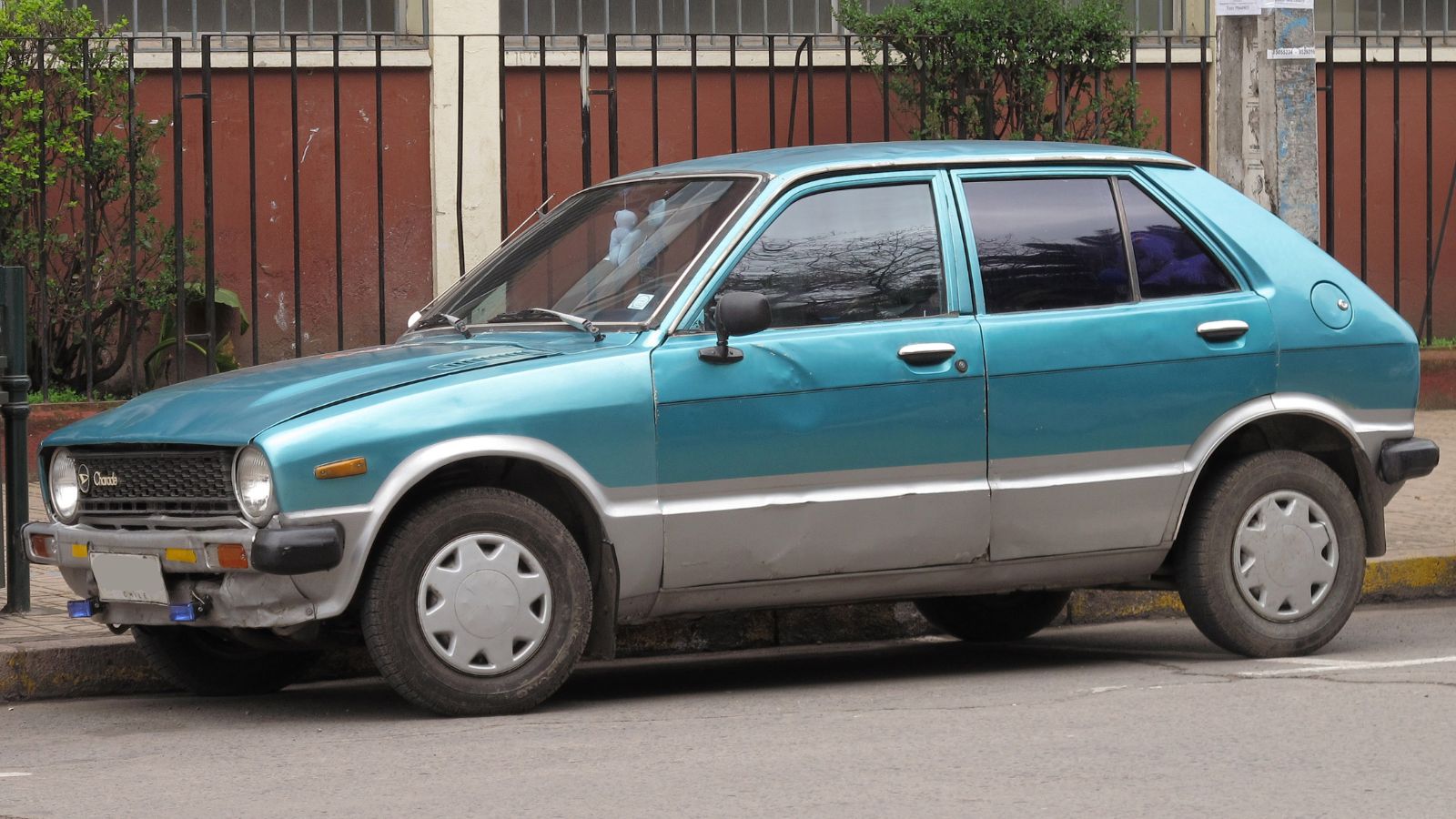
The Charade was Daihatsu’s compact entry in Canada, and its first versions were incredibly small. With engines as little as 993 cc, it was light, nimble, and efficient. Canadians who wanted something different appreciated the Charade, though the brand itself never fully established in Canada.
Renault Le Car (1976–1983)
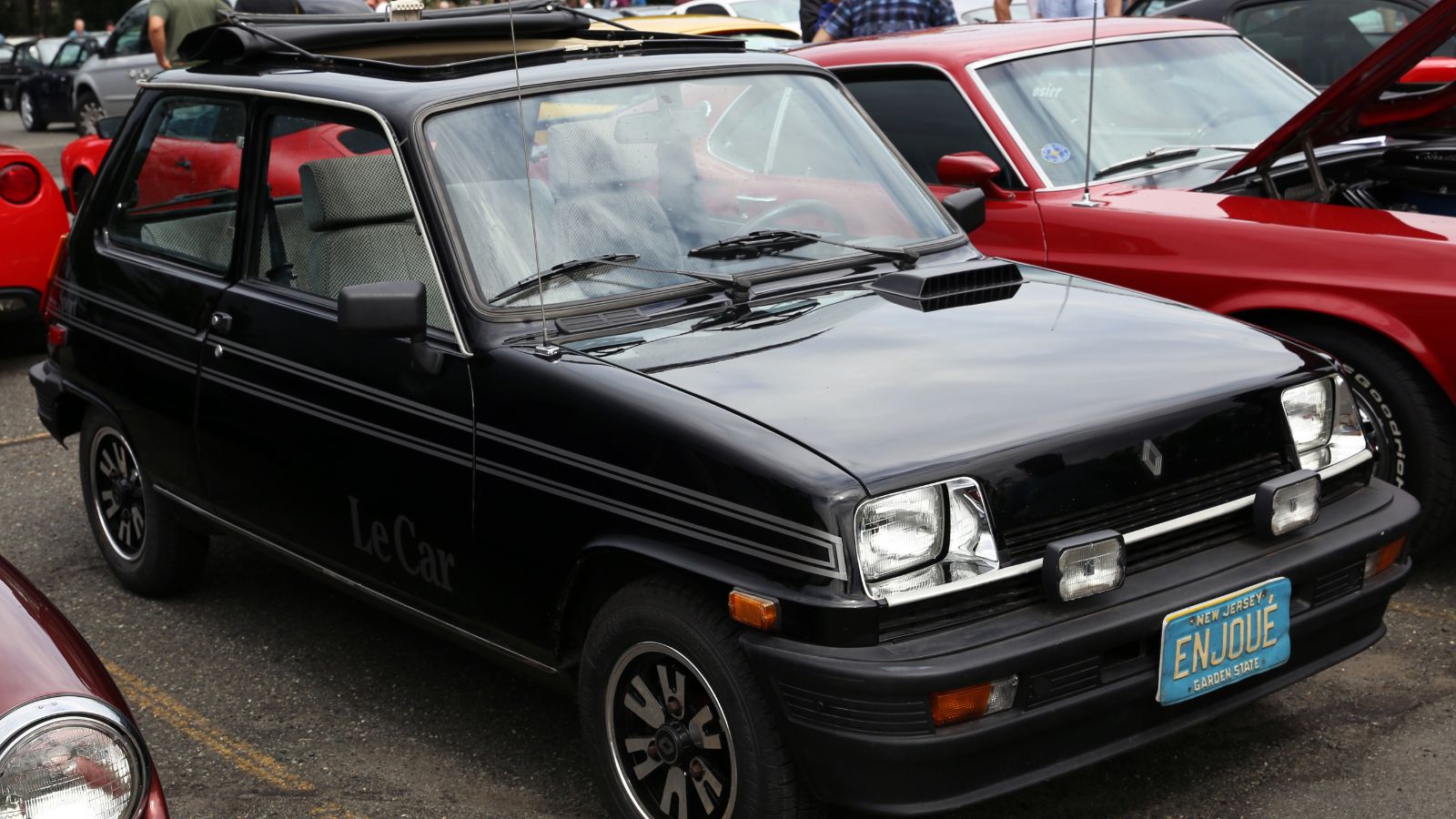
Sold in Canada as the Renault 5 and badged “Le Car” for North America, this French import was just 11 feet long. Its compact design and 1.3-liter engine made it a quirky choice for Canadians, but it gained a following among students and urban drivers who valued its low cost and unusual style.
Fiat 126 (1972–1980s imports)
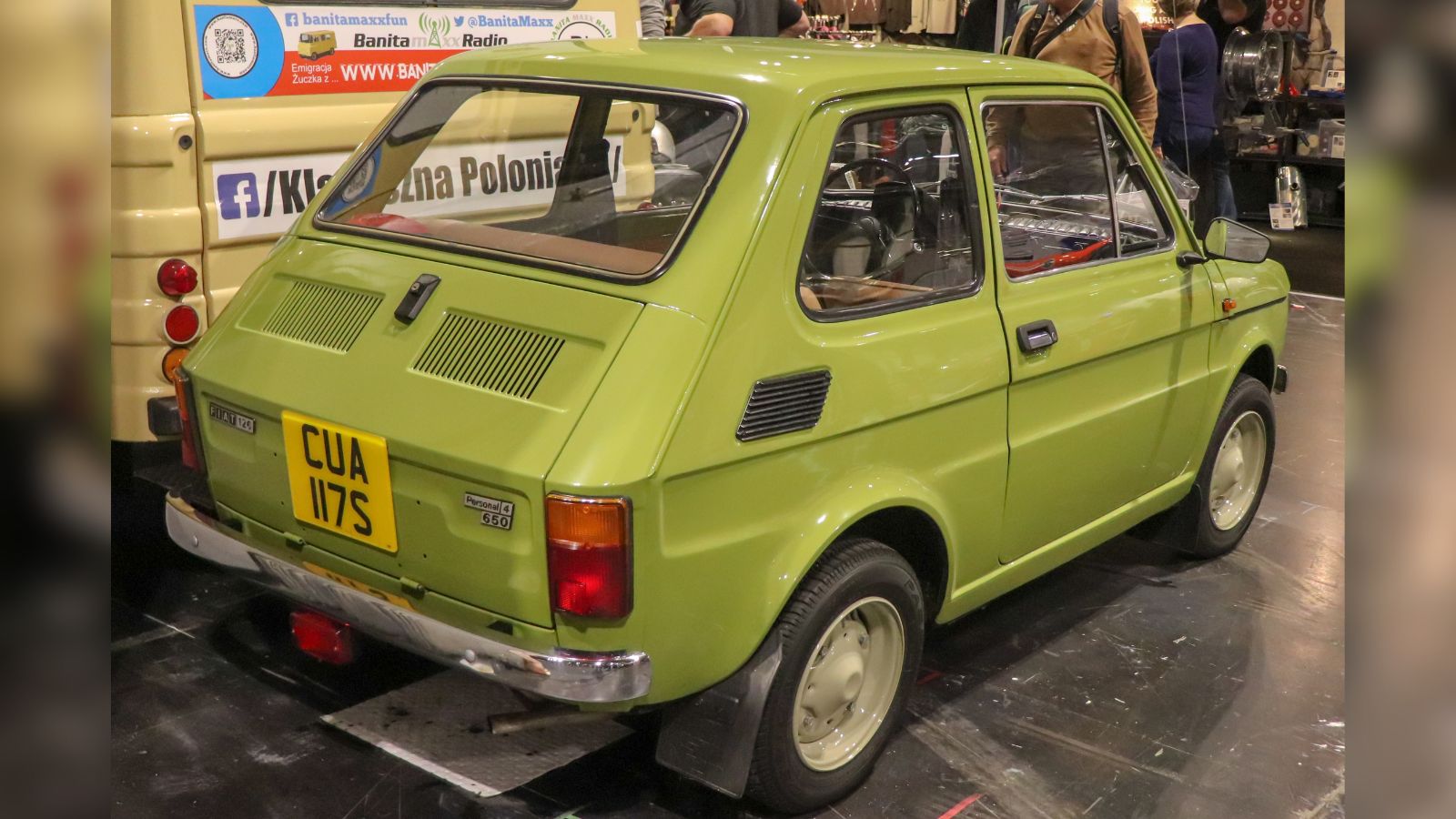
The Fiat 126 replaced the classic 500 and was just as tiny, at 10.5 feet long. With engines ranging from 594 cc to 652 cc, it was simple and utilitarian. Canadians who encountered the 126 usually saw it through specialty importers, and today, it’s a quirky collector’s item that looks almost toy-like next to modern cars.
Suzuki Swift (1983–2004, early gens)
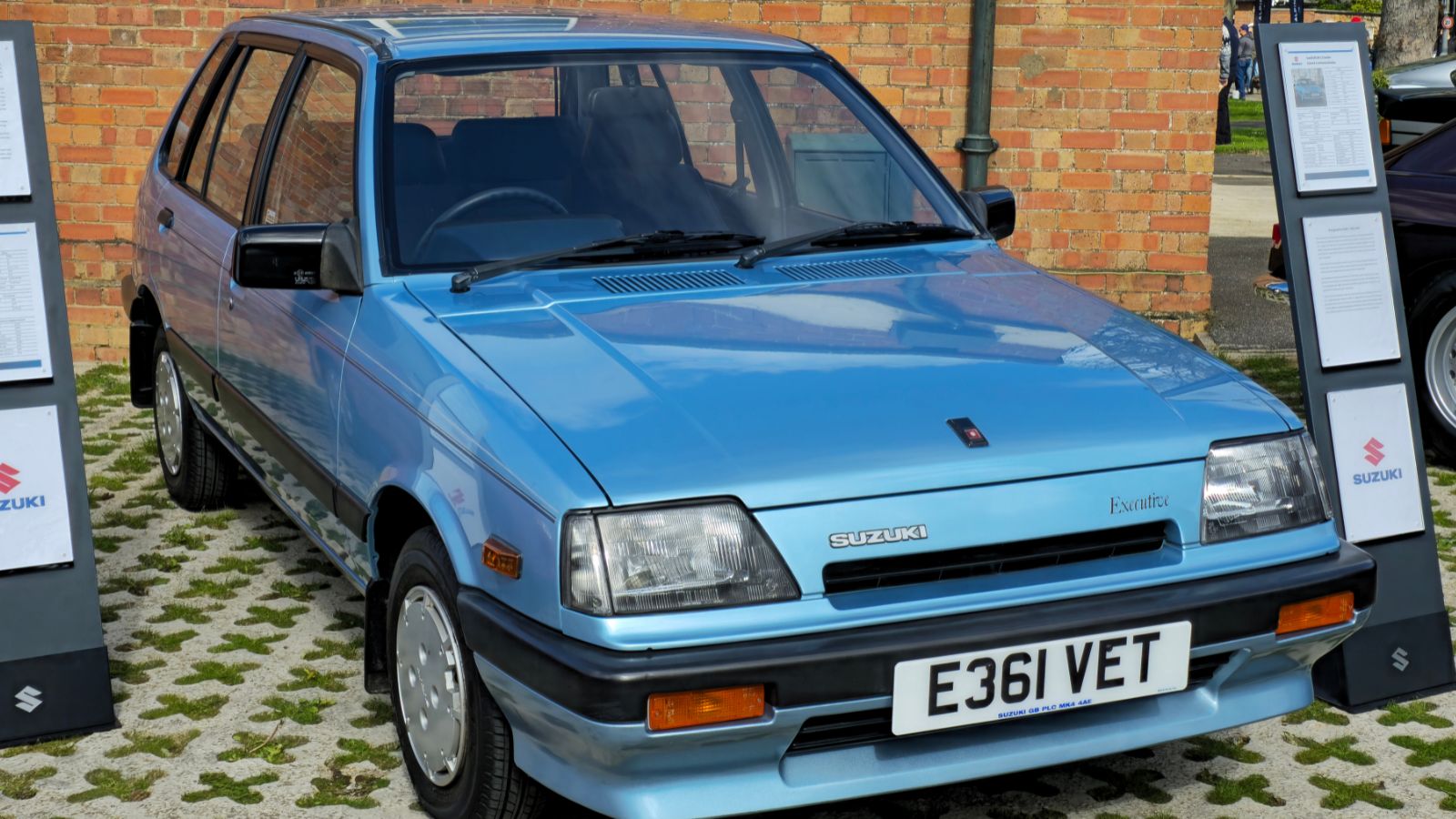
The Swift has been sold in Canada for decades, but its earliest generations were especially small. With engines starting at 993 cc, the Swift shared its bones with the Metro and Sprint, making it a compact and thrifty choice. Canadians embraced it as a cheap runabout that was easy to park and run on pennies.
Toyota Starlet (1973–1984 in Canada)
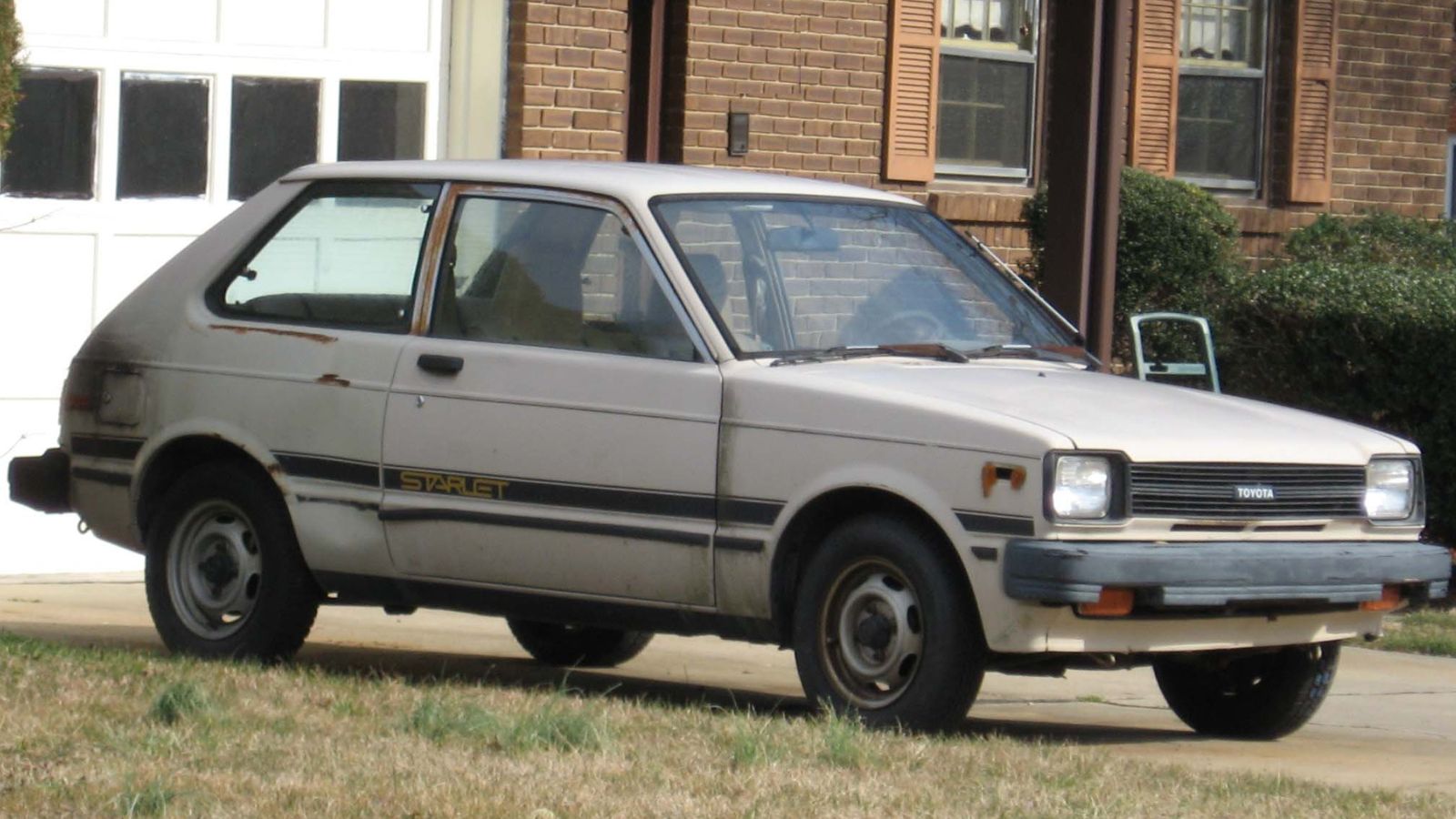
The Toyota Starlet was Toyota’s entry-level hatch in Canada, with early versions weighing just over 1,500 pounds. With 1.0- to 1.3-liter engines, it was economical, reliable, and surprisingly lively for its size. Though it disappeared from the market, it built a reputation among Canadian buyers for being durable and efficient.
Peugeot 205 (1983–1990s imports)
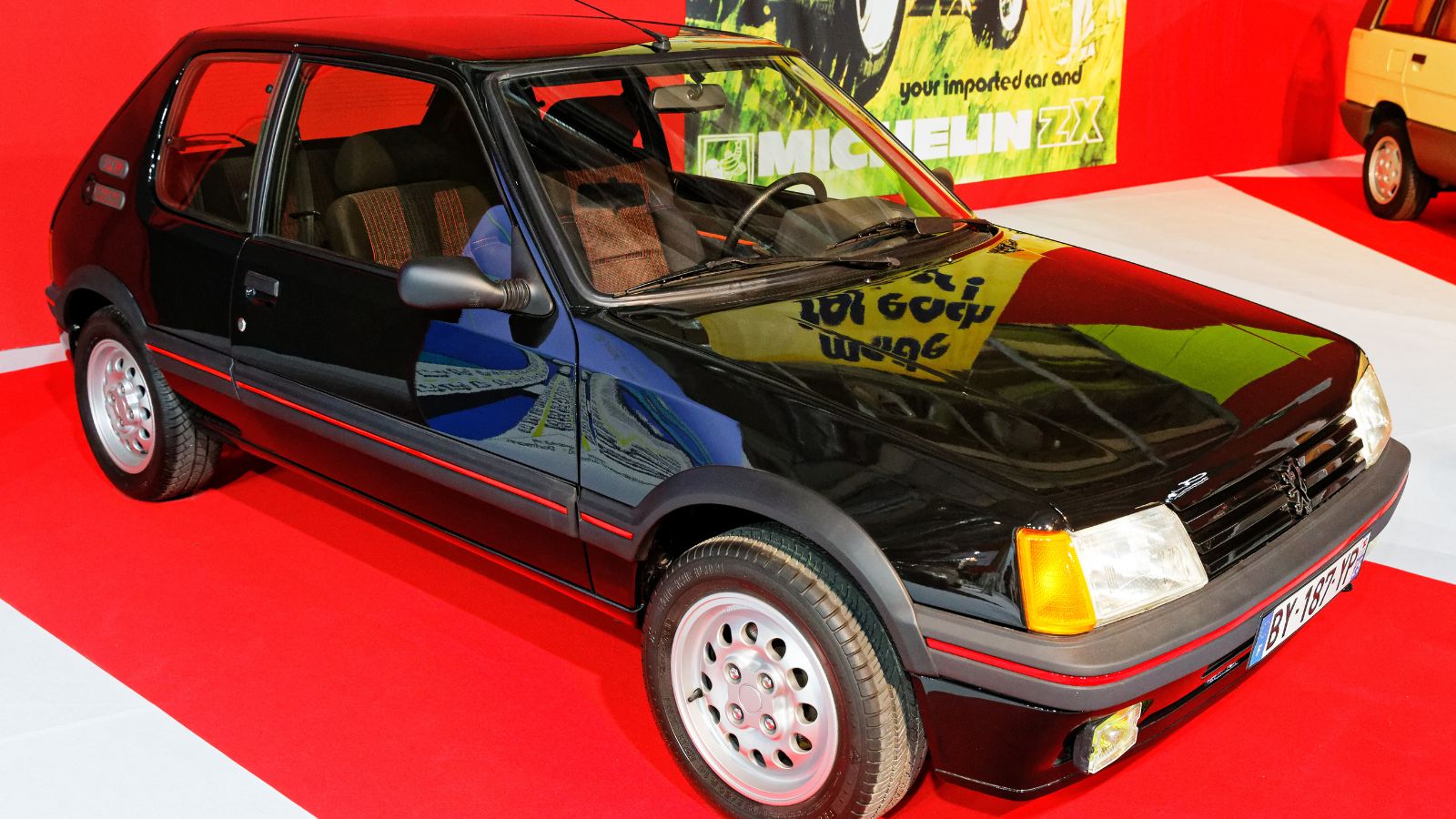
The Peugeot 205 was one of Europe’s best-loved small cars and made its way to Canada in limited numbers. With a length just over 12 feet and engines starting at 954 cc, it was nimble and chic. Canadians who drove them admired their handling and European flair, though parts and service were harder to find.
Mazda 323 (1977–1989 early gens)
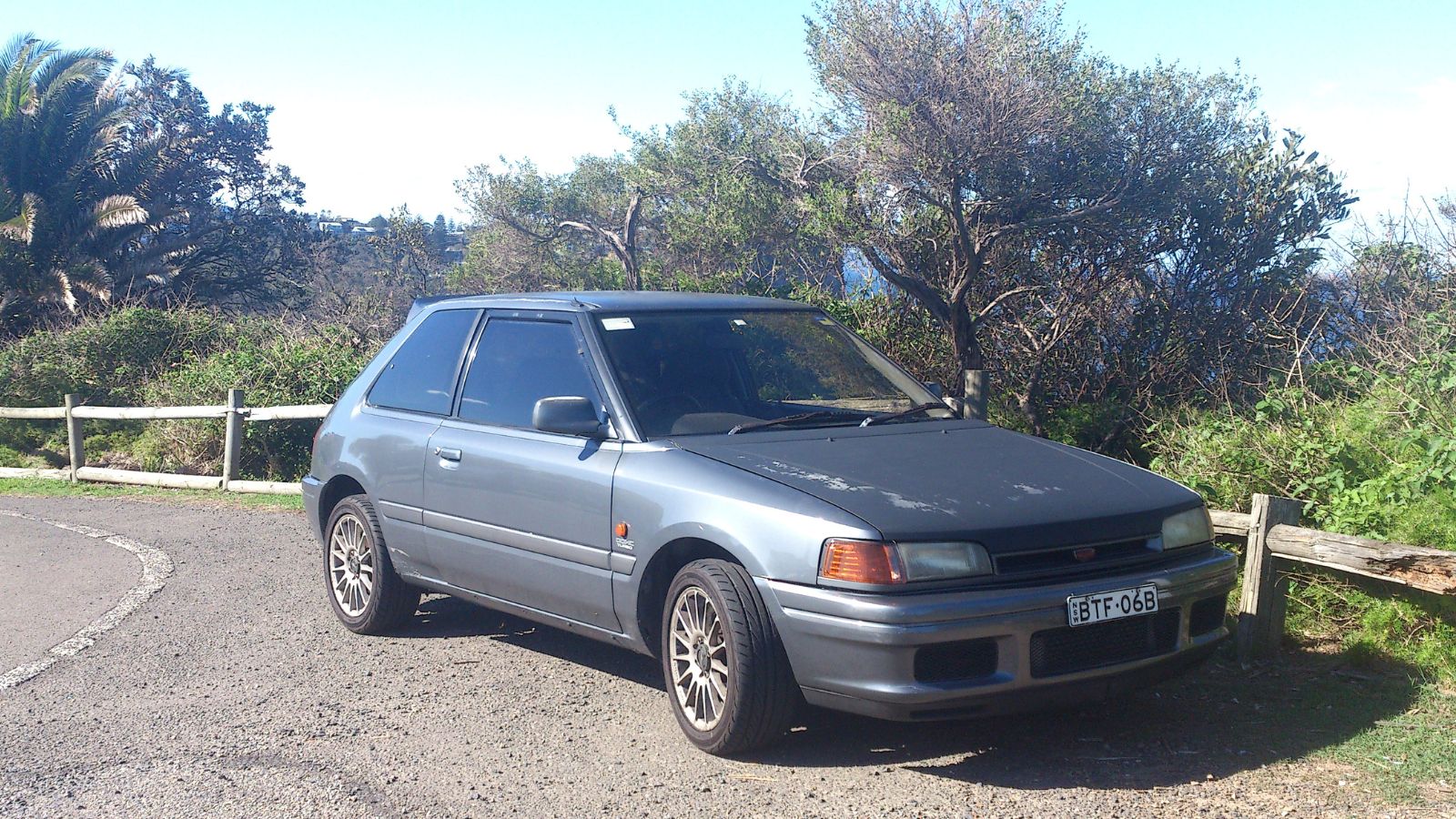
The earliest Mazda 323s were smaller than later models, and they introduced Canadians to Mazda’s knack for making efficient, fun-to-drive small cars. Compact, light, and simple, they were a common sight in Canadian suburbs in the 1980s.
Yugo GV (1985–1992)
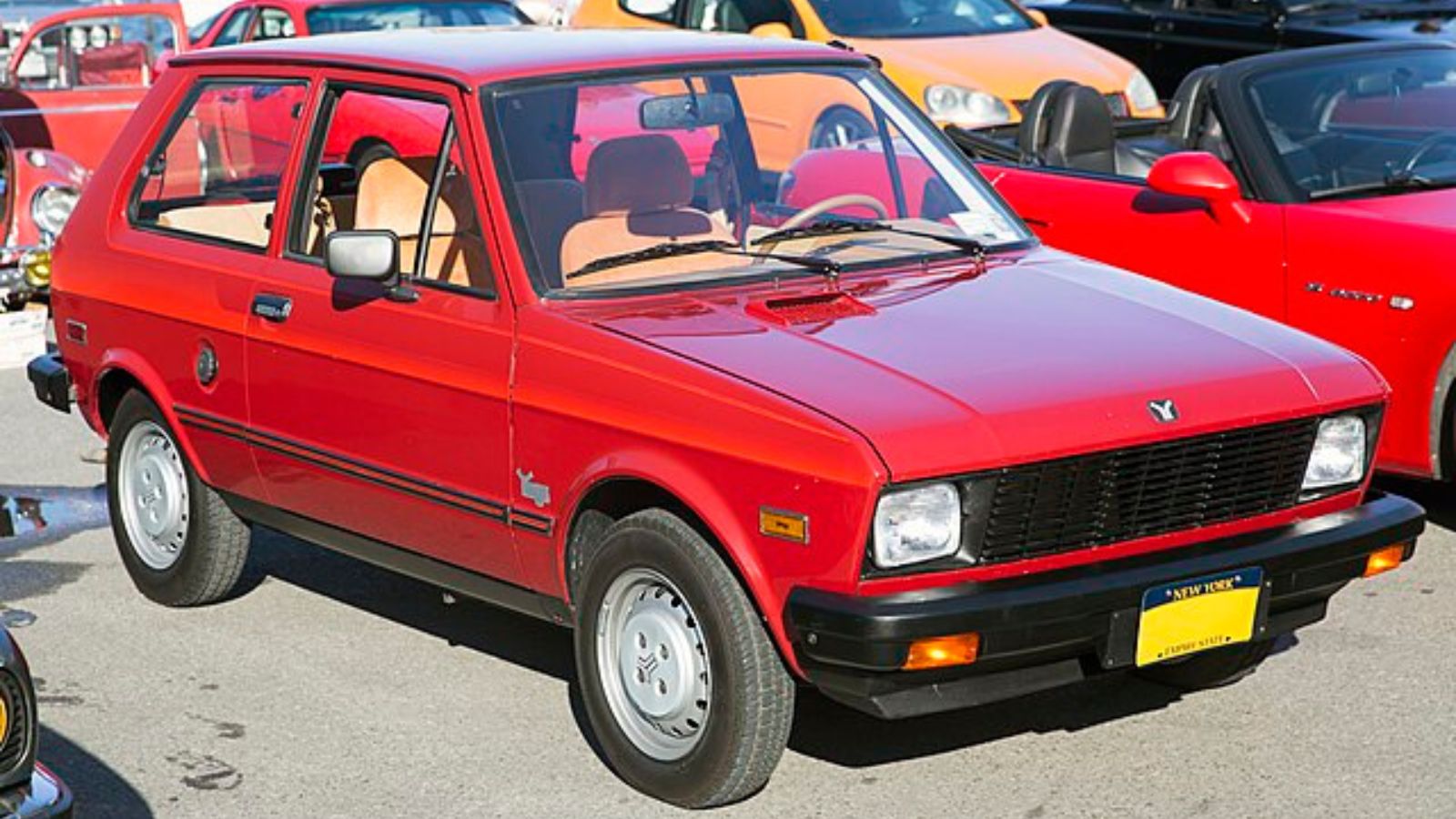
The Yugo GV was infamous, but it was also tiny and cheap. At just 11.5 feet long and powered by a 1.1-liter engine, it became one of the least expensive cars you could buy in Canada in the 1980s. Canadians bought them for budget reasons, but many regretted it due to poor build quality. Still, its size earns it a place on this list.
Honda Z600 (1970–1972)
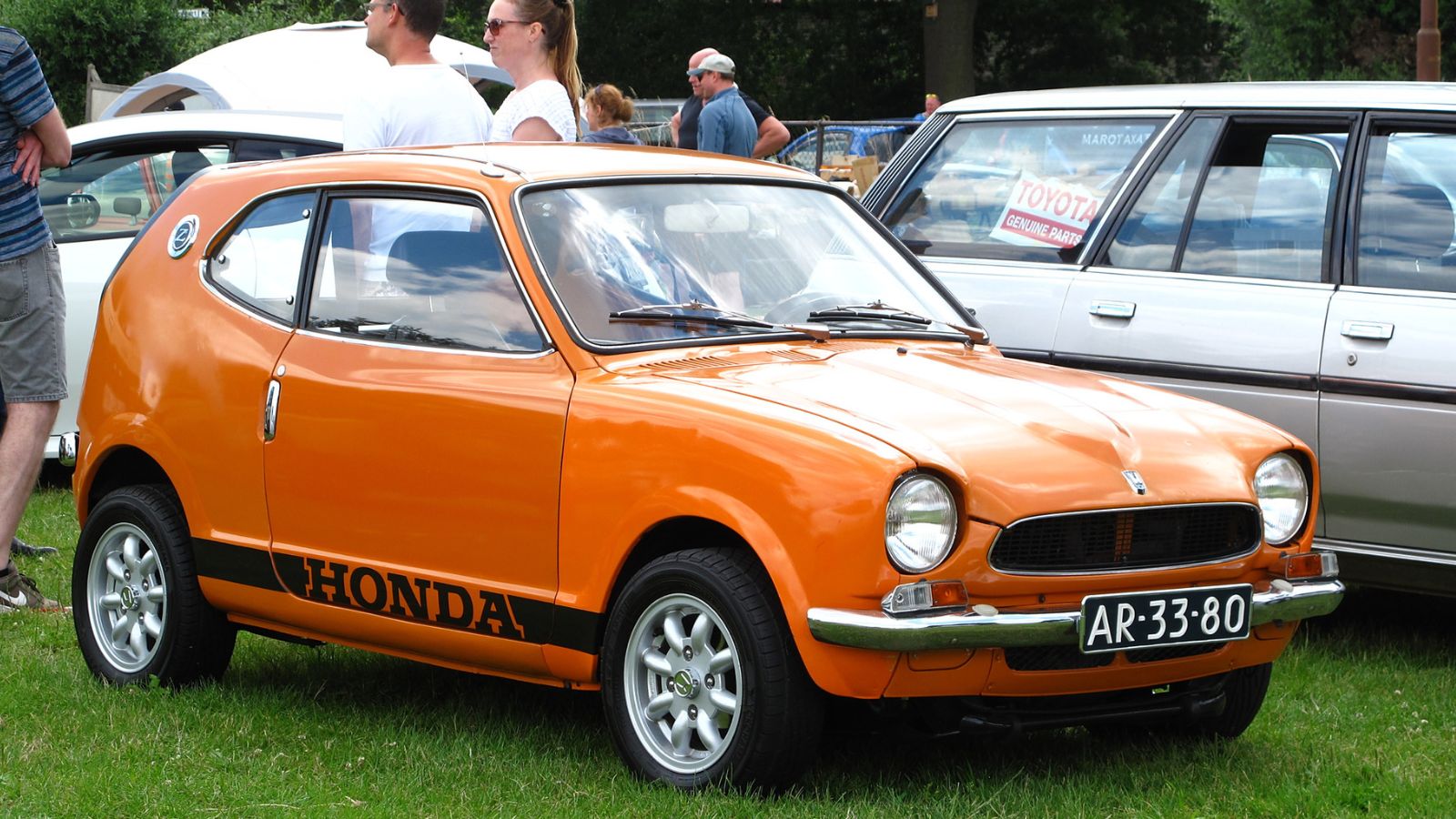
Even smaller than the Honda N600, the Z600 coupe used a 598 cc engine and looked more like a bubble toy than a car. Canadians saw only a handful, but it was among the smallest road-legal cars ever sold here. Collectors today prize them for their rarity and Honda’s early design experimentation.
Austin A30 / A35 (1952–1968)
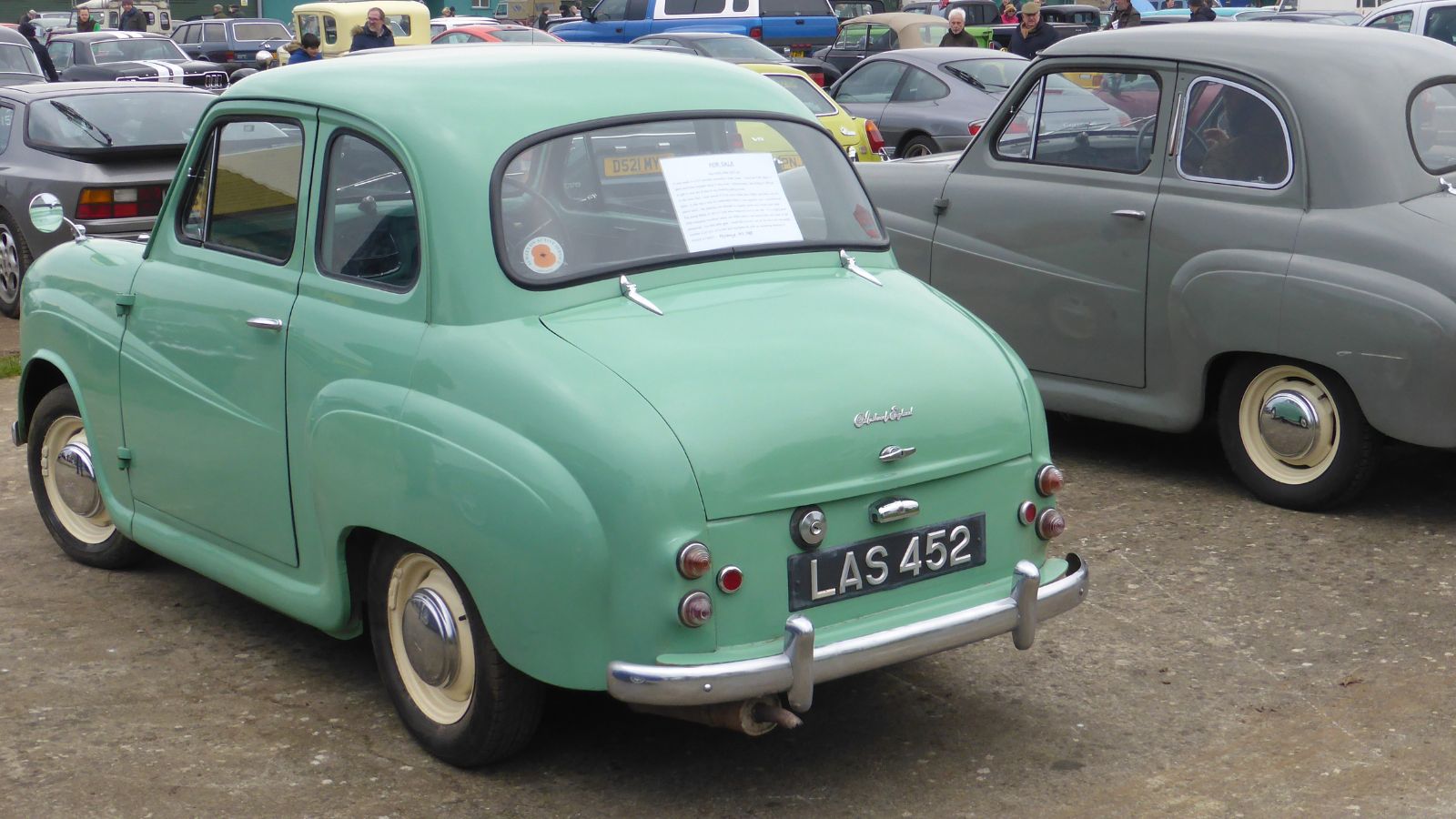
These tiny British cars predated the Mini and were imported in limited numbers to Canada. With engines starting at 803 cc, they were barely larger than microcars but gave Canadians affordable European motoring. They now represent a fascinating chapter in small-car history.
Messerschmitt KR200 (1955–1964, imports)
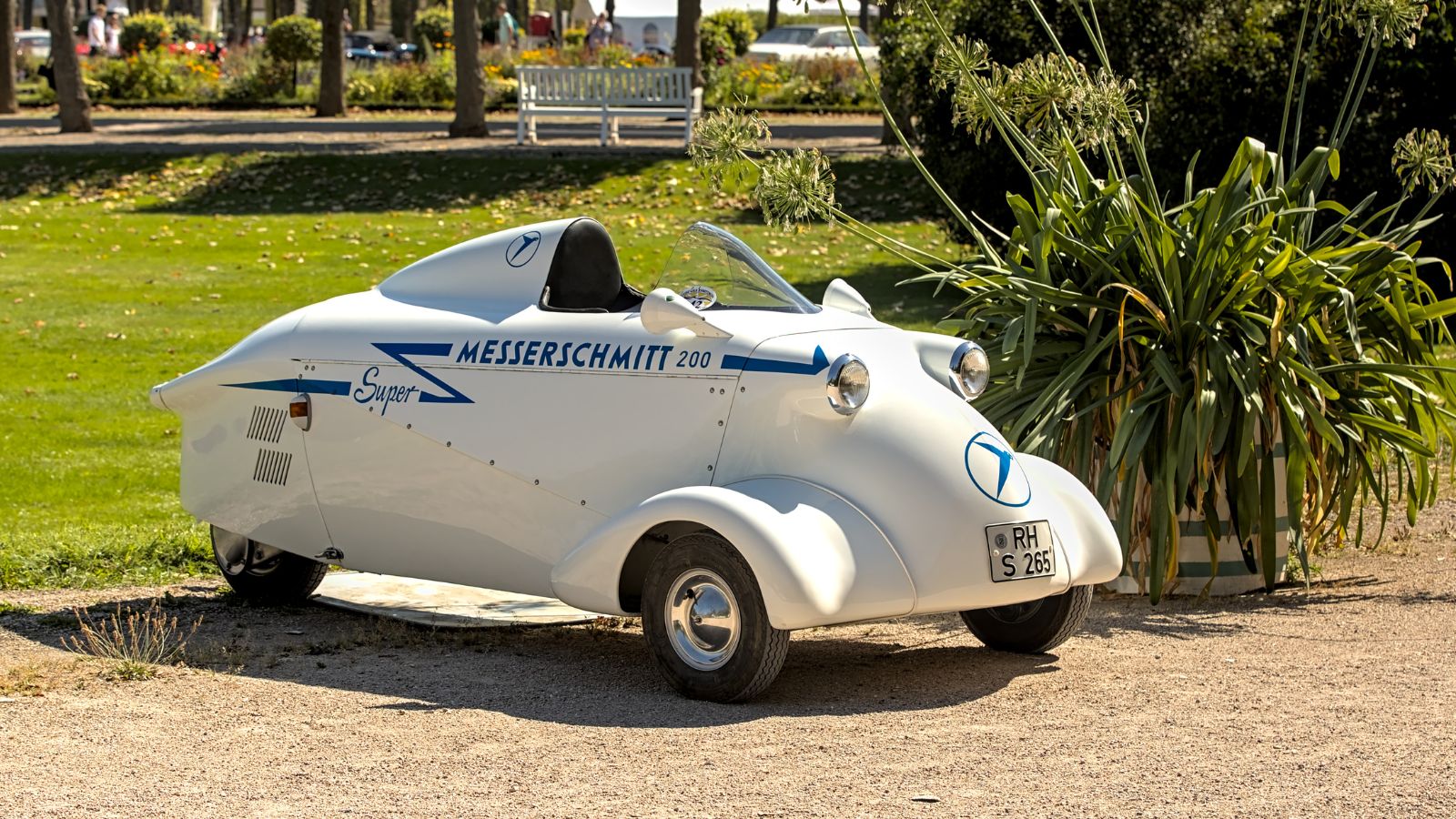
The KR200 was technically a microcar, with three wheels and tandem seating. Canadians could import them in the 1950s and 60s, and their jet-fighter styling made them unforgettable. Powered by a 191 cc engine, it remains one of the smallest vehicles ever registered in Canada.
Tiny Cars
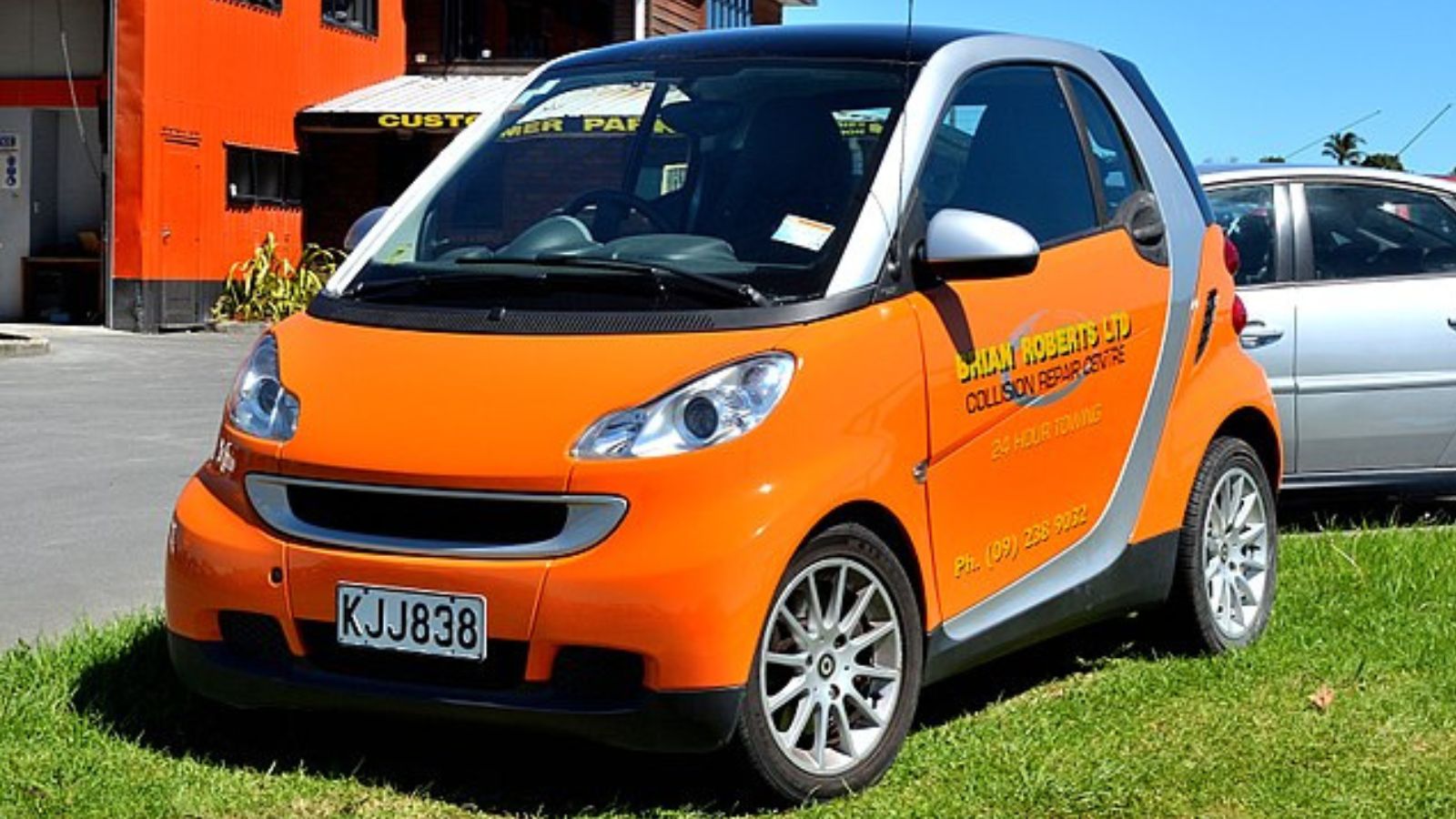
While most Canadians prefer larger trucks and sedans, small cars always had a niche. They thrived in cities where parking was scarce, or among buyers who wanted maximum fuel efficiency during gas crises. Some, like the Mini or Fiat 500, became cult classics. Others, like the Yugo or Metro, were simply cheap ways to get around. In their own way, each of these 20 cars left an imprint on Canada’s diverse car culture.
25 Facts About Car Loans That Most Drivers Don’t Realize

Car loans are one of the most common ways people fund car purchases. Like any other kind of loan, car loans can have certain features that can be regarded as an advantage or a disadvantage to the borrower. Understanding all essential facts about car loans and how they work to ensure that you get the best deal for your financial situation is essential. Here are 25 shocking facts about car loans that most drivers don’t realize:
25 Facts About Car Loans That Most Drivers Don’t Realize
